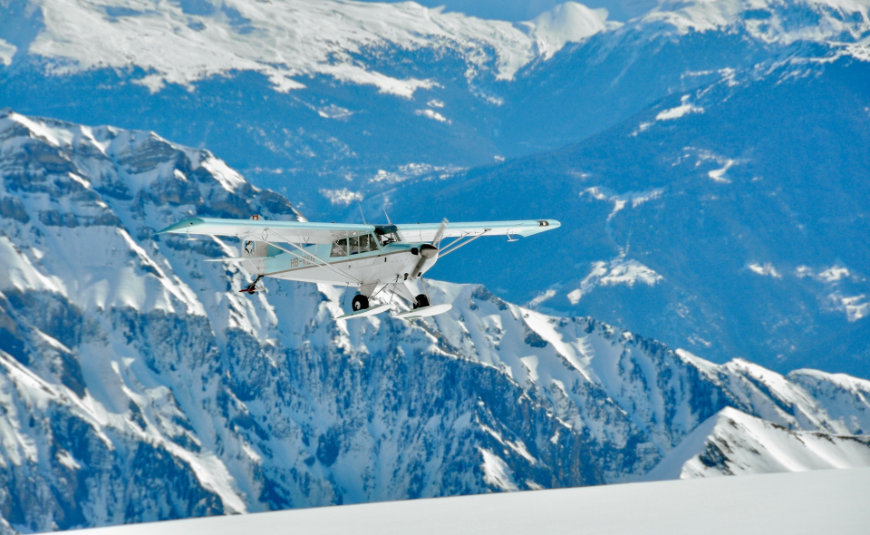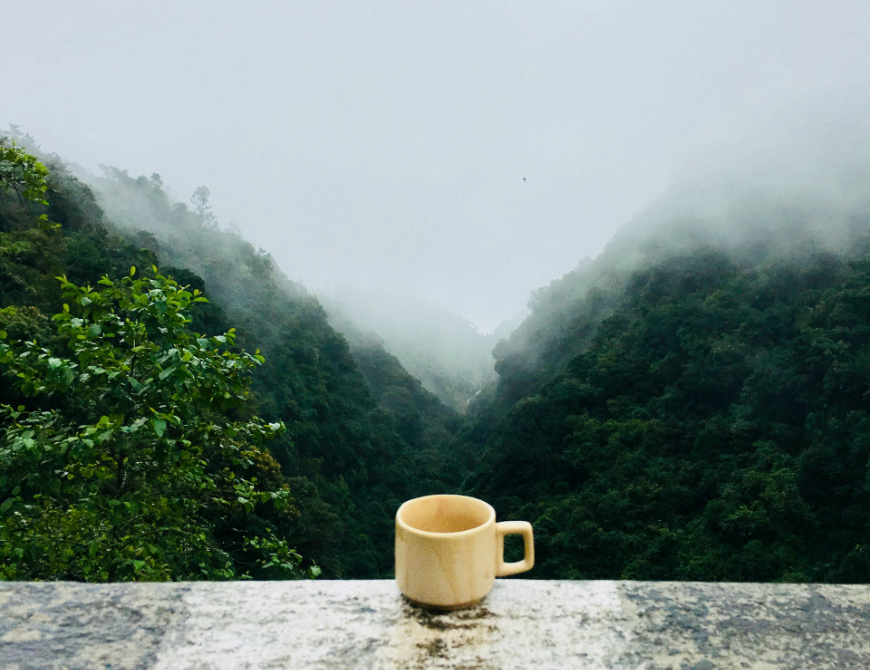Getting sick on your travels is never fun, but what do you do when it is the destination itself that might make you ill? Here are some tips for avoiding altitude sickness while traveling to our high elevation destinations...

Learn how altitude and oxygen can wreak havoc on your holiday.
What do the historic city of Cusco, the rural villages around Lake Titicaca, and Everest Base Camp all have in common? They are all incredible travel destinations located more than 11,000 feet above sea level. Often surrounded by mountains and reached by long, empty roads through spectacular landscapes, these places on the roof of the world offer travellers breathtaking views, unique cultures, and plenty of adventure.
Traveling in parts of Bhutan, Bolivia, Costa Rica, Ecuador, Guatemala, Nepal, Panama, and Peru will often mean reaching elevations near 8,000 feet (2,400 m) and having to deal with the subsequent effects of dreaded altitude sickness. The following advice will help you deal with altitude sickness while traveling so that you can make the most of the destinations you are visiting:
What are the effects of altitude?

If you think you may be suffering from altitude sickness and your condition has not improved within 24 hours, seek medical care.
Higher altitudes mean a reduction in the amount of oxygen in the air. The effect this has on the body is similar to that of a hangover; shortness of breath and tiredness are totally normal, but the more intense adverse effects such as headaches, sickness, and dizziness can be easily avoided with preparation and planning. If you are careful about traveling at high altitudes, you should only feel minimal effects, such as tiring quicker than usual when walking or exercising; if ignored, the symptoms of altitude can worsen and lead to life-threatening conditions.
Preventing altitude sickness while traveling

When is flying inconvenient? When it gets in the way of acclimatizing.
The best way to combat altitude sickness is to start thinking about it before you reach your high altitude destination, and plan your trip around the elevation gain. Your fitness, gender or age has no correlation with the effects of altitude—altitude sickness can happen to anyone, even those who are careful.
It is advisable to not fly into high altitude locations and instead, gain altitude slowly over a few days. Spending 2-3 days at elevations above 7,000 feet (2,133 m) before going higher will help you to acclimatize once you reach levels of 9,000 (2743 m) feet and above. In numbers, it is best to increase altitude by only 1,500 feet (457 m) per day.
Once you have reached over 7,000 feet, take time to rest and increase your water intake. You should also try to avoid alcohol and strenuous exercise for at least the first 24 hours.
Treating altitude sickness with medication and oxygen

There are medications which may be able to help you combat altitude sickness.
If you are unable to take a slow approach to altitude gain, or you are particularly worried about the effects of altitude, you can try preventative medication. Diamox is the most tried and tested drug for altitude sickness prevention and treatment; it contains acetazolamide, which is meant to prevent the symptoms of altitude illness and help you acclimatize quicker. It does this by increasing the amount of alkali (bicarbonate) excreted in the urine, making the blood more acidic. Acidifying the blood drives ventilation, which is the cornerstone of acclimatization. Your body will push for more oxygen by breathing faster and deeper. In this way, your body receives more oxygen and acclimatizes faster when there are lower oxygen levels in the air.
Side effects can include an uncomfortable tingling in the fingers, toes, and/or face; carbonated drinks tasting flat; and excessive urination. It is a good idea to take it if you have been to higher altitudes and know your body has trouble acclimatizing. You will definitely need to consult with your physician to determine if Diamox is right for you. If your doctor recommends it, you will likely be advised to start a course of Diamox a few days prior to reaching altitude to help your body adjust quicker.
Think getting around Peru is difficult? Just read this article!
Packing ibuprofen and paracetamol for headaches, and promethazine for nausea is also a good idea. In Cusco, many 5 star hotels have oxygenated rooms to combat altitude sickness! So, if your budget allows, why not treat yourself and your body to a luxury night in with a little extra O2?
As soon as you start feeling the effects of altitude sickness, do not go any higher. Rest, drink lots of water, eat light meals, and take any preventative medication you have brought with you. Symptoms will often be worse at night; if they do not lessen within a day, lower your elevation by at least 1,500 feet. If you still don’t improve, see a doctor.
Dealing with altitude sickness while trekking

Drinking enough water is important every day of your life, but it is vital when at a high altitude.
The beauty of trekking means that you are generally increasing elevation at a safe pace. Reaching high altitude over a multi-day trek gives your body time to acclimatize slowly and rest overnight. The pitfall is that trekking at elevation often means you are in remote areas with no access to healthcare facilities; therefore it is up to you to listen to your body and take precautions.
The only memories you want of your trip to Peru are the photos you'll take, and the amazing souvenirs you'll bring back...
The very best way to acclimatize while trekking is to follow the rule of trekking high and sleeping low. This means it is safe to hike over 3,000 feet (914 m) in one day, as long as you trek back down to an elevation no more than 1,500 feet (457 m) higher than you slept the night before.
Maintain a light but high-calorie diet and drink plenty of water. The joke is that “pee is key…” If you are regularly going to the bathroom, then you are probably drinking enough water at altitude! You should also consider having a rest day every 3-4 days or every 4,000 feet (1219 m). This will not only help you acclimatize but also prevent sprains or other trekking injuries.
Folk remedies for altitude sickness

The cup of tea you enjoy before your trek might help you combat altitude sickness—if it's made of coca leaves.
In Peru and many parts of South America, it is common to use coca leaves (Erythroxylum coca) to combat altitude sickness. As a mild stimulant, natural coca helps to combat thirst, hunger, fatigue, and pain. Whether you munch on the leaves themselves while you trek or drink a cup of coca tea every evening, the locals swear by the power of coca at high altitudes.
During our Anywhere+ Base Camp treks in Nepal, the locals may advise you to eat more garlic to beat the altitude. Many guesthouses and mountain teahouses serve strong, hearty bowls of garlic soup, and they are actually rather addictive!
Wherever you are while traveling at a high altitude, chat with the locals and find out how they naturally fend off altitude sickness and stay healthy in the mountains.

Jade House, Anywhere Contributor